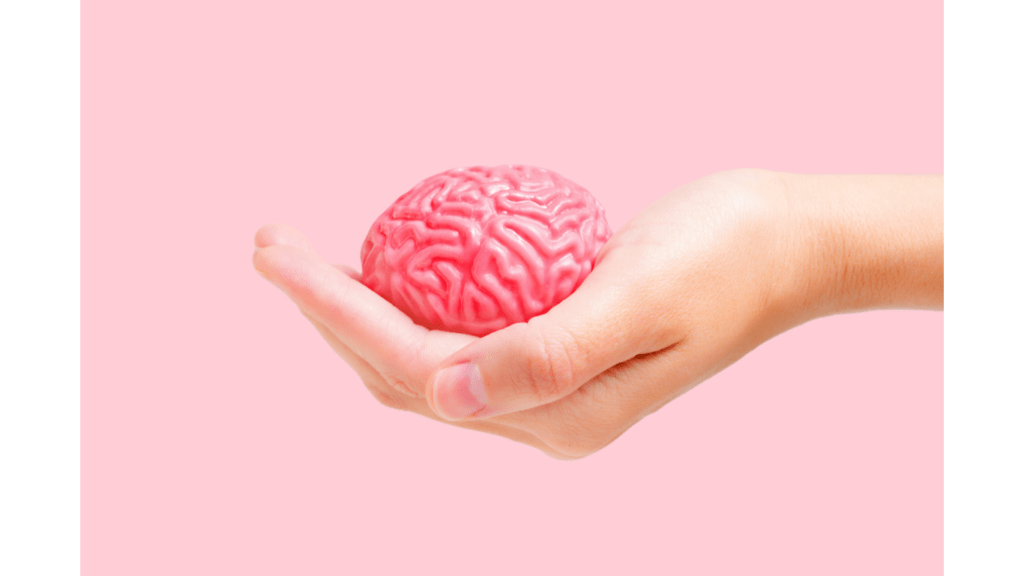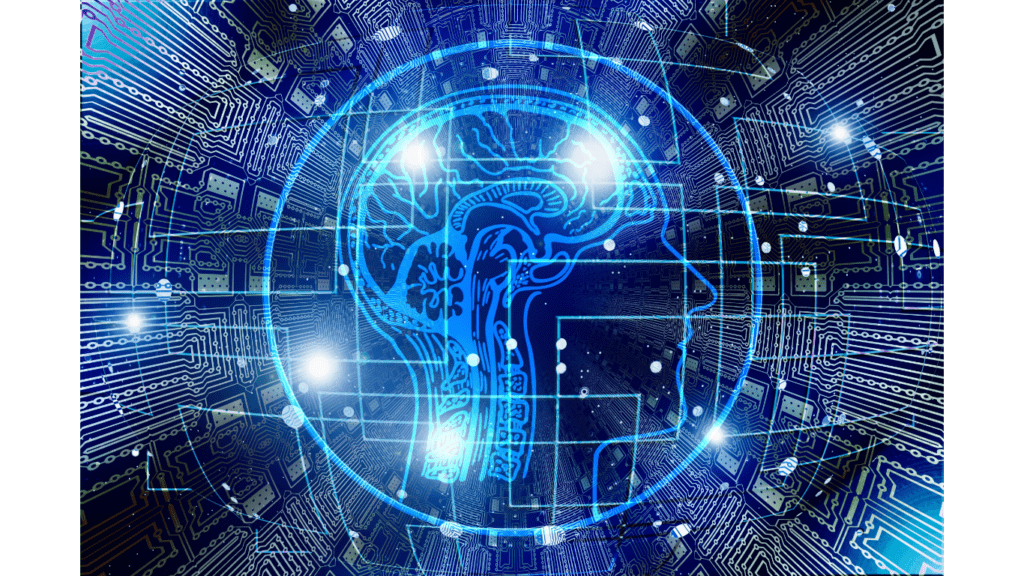Unveiling the Mysteries of the Brain
The Emergence of Modern Neuroscience
- In tracing the roots of modern neuroscience, pioneers like Ramon y Cajal and Golgi laid the foundation by unraveling the complexities of the brain’s structure through innovative staining techniques. Their groundbreaking work in the late 19th century revolutionized our understanding of neural networks. As I explore the historical timeline, it’s evident that advancements in imaging technologies, such as MRI and PET scans, have propelled neuroscience into a new era, allowing researchers to visualize brain activity and connectivity in unprecedented detail.
Key Discoveries in Brain Function and Structure
- Delving into key discoveries in brain function and structure, I uncover fundamental breakthroughs in neuroanatomy by Broca and Wernicke, who identified brain regions responsible for speech and language processing. Their seminal findings paved the way for future research on localization of brain functions. Moreover, the discovery of neurotransmitters like dopamine and serotonin by Carlsson and others provided profound insights into mood regulation and cognitive processes, shaping our understanding of neuropsychiatric disorders and treatment approaches. By analyzing these pivotal discoveries, I grasp the intricate interplay between brain regions and neurochemical processes that underpin human cognition and behavior.
Pioneering Methods in Neuroscience Research
1. Advances in Brain Imaging Technologies
Exploring the frontiers of neuroscience research, imaging technologies have revolutionized our understanding of the human brain. Techniques such as MRI and PET scans have enabled researchers to delve deep into the intricate workings of the brain, visualizing brain activity, and connectivity with unprecedented clarity. These advancements have provided a glimpse into the dynamic processes underlying cognition, emotion, and behavior, offering vital insights into neurological disorders and cognitive functions. By harnessing the power of imaging technologies, scientists can decode the complexities of the brain, paving the way for groundbreaking discoveries in neuroscience.
2. The Rise of Computational Neuroscience
In the realm of neuroscience, computational approaches have emerged as a powerful tool for unraveling the mysteries of the human brain. By combining principles of mathematics, physics, and computer science, researchers can simulate and analyze complex neural networks, modeling brain functions and behaviors with remarkable precision. Computational neuroscience not only facilitates the integration of vast amounts of data but also allows for the exploration of intricate neural dynamics that would be challenging to study through traditional methods alone. This interdisciplinary field holds immense promise for advancing our understanding of brain function, paving the way for innovative therapies and interventions for neurological disorders.
Landmark Studies in Neuroplasticity

Understanding the Brain’s Adaptability
- Exploring landmark studies in neuroplasticity reveals the brain’s remarkable ability to adapt and reorganize itself in response to new experiences or environmental changes. One groundbreaking study conducted by Maguire et al. showcased the plasticity of the brain’s structure in London taxi drivers. The research found that the hippocampus, a brain region associated with spatial memory, was significantly larger in experienced taxi drivers compared to non-taxi drivers. This study highlighted how continuous navigation practice can lead to structural changes in the brain, demonstrating the brain’s capacity for adaptation.
Implications for Rehabilitation and Learning
- The insights gained from studies on neuroplasticity have significant implications for rehabilitation and learning strategies. For instance, in a study by Taub et al., using constraint-induced movement therapy, stroke patients showed improvements in motor function by constraining the movement of their unaffected limb to encourage the use of the affected limb. This approach capitalizes on the brain’s ability to rewire neural pathways and adapt following neural injuries, offering promising avenues for rehabilitation techniques.
- Moreover, research by Doidge emphasizes the importance of neuroplasticity in learning and skill acquisition. By understanding how the brain can reorganize itself in response to learning tasks, educators and individuals can optimize learning environments and teaching methods to enhance cognitive processes effectively. The concept of neuroplasticity underscores the importance of continuous learning and cognitive stimulation in promoting brain health and overall well-being.
Deciphering the Neural Code
Insights Into Brain Communication
- In the realm of neuroscience, understanding how the brain communicates internally is a paramount focus. Neuroscientists aim to decode the intricate neural code that governs our thoughts, actions, and emotions. By investigating the patterns of neural activity and mapping out the complex network of neurons, researchers can unravel the secrets of how information is processed and transmitted within the brain.
- Deciphering the neural code involves analyzing neural signals at various levels, from individual neurons to interconnected brain regions. Through techniques such as functional magnetic resonance imaging (fMRI) and electroencephalography (EEG), scientists can observe brain activity in real-time and correlate specific patterns with different cognitive functions. This deep dive into brain communication provides crucial insights into how our brains generate thoughts, store memories, and control our behaviors.
- Studying brain communication not only enhances our understanding of normal brain function but also offers valuable insights into neurological disorders. By identifying aberrant neural activity patterns associated with conditions like epilepsy, Parkinson’s disease, or Alzheimer’s disease, researchers can develop targeted therapies to restore proper brain communication pathways and improve patient outcomes.
The Future of Brain-Computer Interfaces
- As technology advances, the field of neuroscience is at the forefront of developing innovative solutions to interface directly with the brain. Brain-computer interfaces (BCIs) represent a cutting-edge technology that bridges the gap between the human brain and external devices, opening up a world of possibilities for healthcare, communication, and even entertainment.
- The future of BCIs holds promises of empowering individuals with disabilities by enabling direct communication between the brain and assistive devices. From controlling prosthetic limbs with precise neural signals to typing on a computer using just our thoughts, BCIs offer new avenues for people with motor impairments to interact with the world around them.
- Moreover, brain-computer interfaces have the potential to revolutionize fields such as gaming, virtual reality, and neurofeedback training. Imagine playing a video game using only your thoughts or immersing yourself in a virtual world controlled by your brain activity. These technologies not only push the boundaries of what is possible but also pave the way for a future where the mind can directly influence and interact with the digital realm.
- Deciphering the neural code and unlocking the potential of brain-computer interfaces represent exciting frontiers in neuroscience that promise to reshape our understanding of the human brain and redefine the possibilities of human-machine interaction.
Breakthroughs in Neurodegenerative Diseases
New Findings in Alzheimer’s and Parkinson’s Research
Innovative research in Alzheimer’s and Parkinson’s diseases is uncovering exciting insights into these neurodegenerative conditions. Scientists are making significant strides in understanding the underlying mechanisms of these disorders. Recent studies have identified specific genetic, environmental, and lifestyle factors that contribute to the development of Alzheimer’s and Parkinson’s diseases. By elucidating these intricate relationships, researchers are paving the way for targeted interventions and personalized treatment approaches.
Cutting-edge technologies such as advanced imaging techniques and biomarker analysis are revolutionizing the diagnosis and monitoring of Alzheimer’s and Parkinson’s diseases. These tools enable early detection of pathological changes in the brain, allowing healthcare professionals to initiate timely interventions and monitor disease progression accurately. By harnessing the power of precision medicine, researchers are developing tailored treatment strategies that address the unique biological profiles of individuals with neurodegenerative diseases.
Promising Therapies on the Horizon
The field of neurodegenerative disease research is witnessing a surge in promising therapies that offer new hope for patients. From novel drug therapies targeting specific molecular pathways to innovative gene-editing techniques, the treatment landscape for Alzheimer’s and Parkinson’s diseases is rapidly evolving. Clinical trials investigating disease-modifying treatments have shown encouraging results, demonstrating the potential to slow or halt disease progression in affected individuals.
Furthermore, emerging therapeutic approaches such as stem cell therapy and neuroprotective agents hold immense promise for restoring neuronal function and preserving cognitive abilities in patients with neurodegenerative disorders. These breakthrough therapies aim to not only alleviate symptoms but also address the root causes of Alzheimer’s and Parkinson’s diseases, ushering in a new era of precision medicine in the field of neurology.
By leveraging interdisciplinary collaborations and cutting-edge technologies, researchers are at the forefront of developing innovative therapies that have the potential to transform the landscape of neurodegenerative disease management. With continued advancements in neuroscience and a deeper understanding of the human brain, the horizon looks promising for the development of effective treatments for Alzheimer’s and Parkinson’s diseases.
Ethical Considerations in Neuroscience
Navigating the Morality of Brain Research
Exploring the ethical landscape of brain research is crucial in ensuring that advancements in neuroscience are conducted responsibly. As researchers delve into the complexities of the human brain, ethical considerations arise regarding privacy, consent, and the potential misuse of emerging technologies. It’s essential to navigate these ethical challenges to uphold the integrity of research and protect the well-being of individuals participating in studies.
The Debate Over Cognitive Enhancement
The debate over cognitive enhancement revolves around the ethical implications of using techniques to boost cognitive abilities beyond typical levels. While the prospect of enhancing memory, attention, or learning capacity is enticing, questions about fairness, safety, and unintended consequences fuel this ongoing debate. As neuroscience ventures into the realm of enhancing cognitive function, it’s imperative to address these ethical concerns to strike a balance between scientific progress and ethical responsibility.




